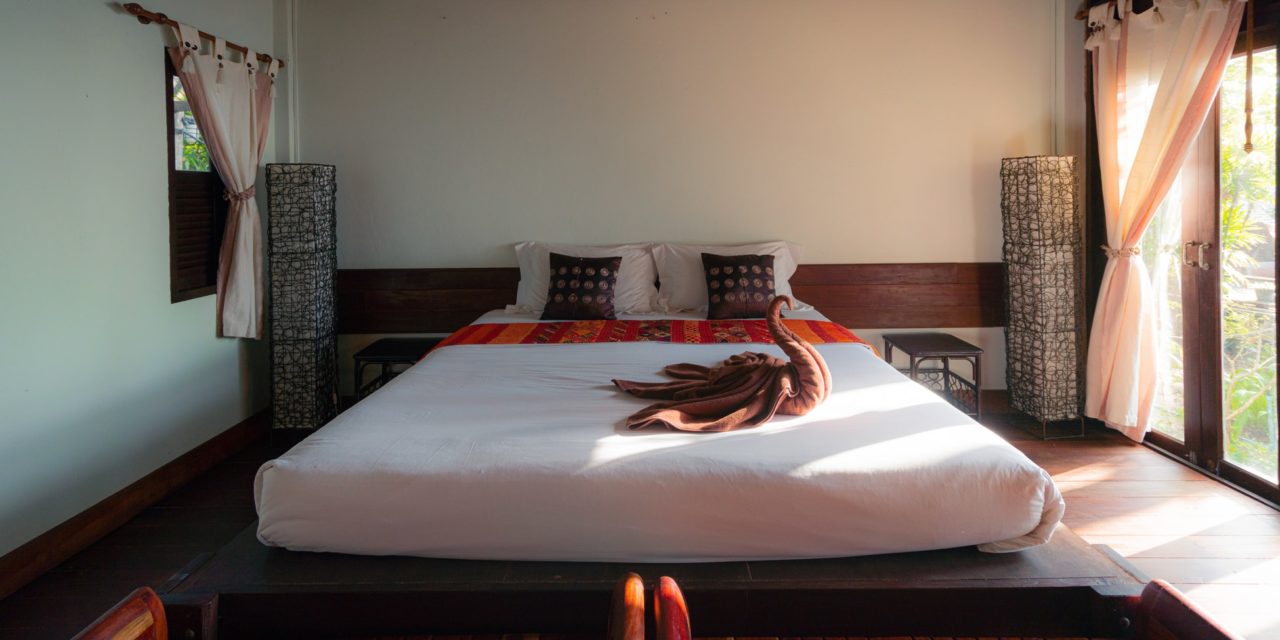[ad_1]
Because of the stigma of early waterbeds, and their wave less and sloshing nature, many people still do not regard a waterbed as a realistic option when considering a new bed or mattress. It is a shame that this 20 year old reputation is still following the waterbed today, because it has changed considerably over the years, and today is a worth competitor for some of the finest mattresses available of any type.
For one thing, a waterbed can even be a component of another type of bed, such as a memory foam or latex foam mattress. In fact, it is common for mattress types to be available across different core mattress products, so you can still have a pillow top or memory foam pillow top, regardless that you've got a state of the art waterbed mattress underneath it all.
Today's waterbed mattresses aren't just the big bags of water that are held in shape by placement in a bulky frame. Softside waterbeds are also available, resembling a conventional inner spring mattress, and don't require a supporting outer frame. This eliminates the difficulty many people have reported with conventional hardside waterbeds. You may have experienced it yourself, if you have ever had to climb over the side rail of an older waterbed. That is no longer an issue, and today's water bed even competes with conventional beds, in comfort and affordability.
The best thing is to learn more about water beds. Read through some consumer waterbed reviews, look at the ratings, and find out exactly what is available in a waterbed mattress today. Delve into the features that set the waterbed apart from other mattresses, including its adjustability and performance. Once you know what is now available, you may even decide that it is the best mattress for your needs.
Whether it is the hard or soft sided variety, a waterbed mattress requires some care and maintenance. You'll have to drain and refill it periodically, and many people prefer to treat the water as well. There are pumps available to do this, but a garden hose, and a downhill slope to the nearest storm drain may be the easiest way to drain the mattress. Simply push the hose into the mattress for a distance, and allow the hose to begin filling with water. Next, seal the drain end of the hose with an ordinary balloon, and stretch it from the waterbed to a suitable drainage location. Be certain that the drain end of the hose is lower than the bottom of the waterbed mattress, and remove the balloon. Gravity will do the rest, without using pumps, and you had to have the hose to fill the bed up again anyway.
[ad_2]
Source by Robin Cassidy


